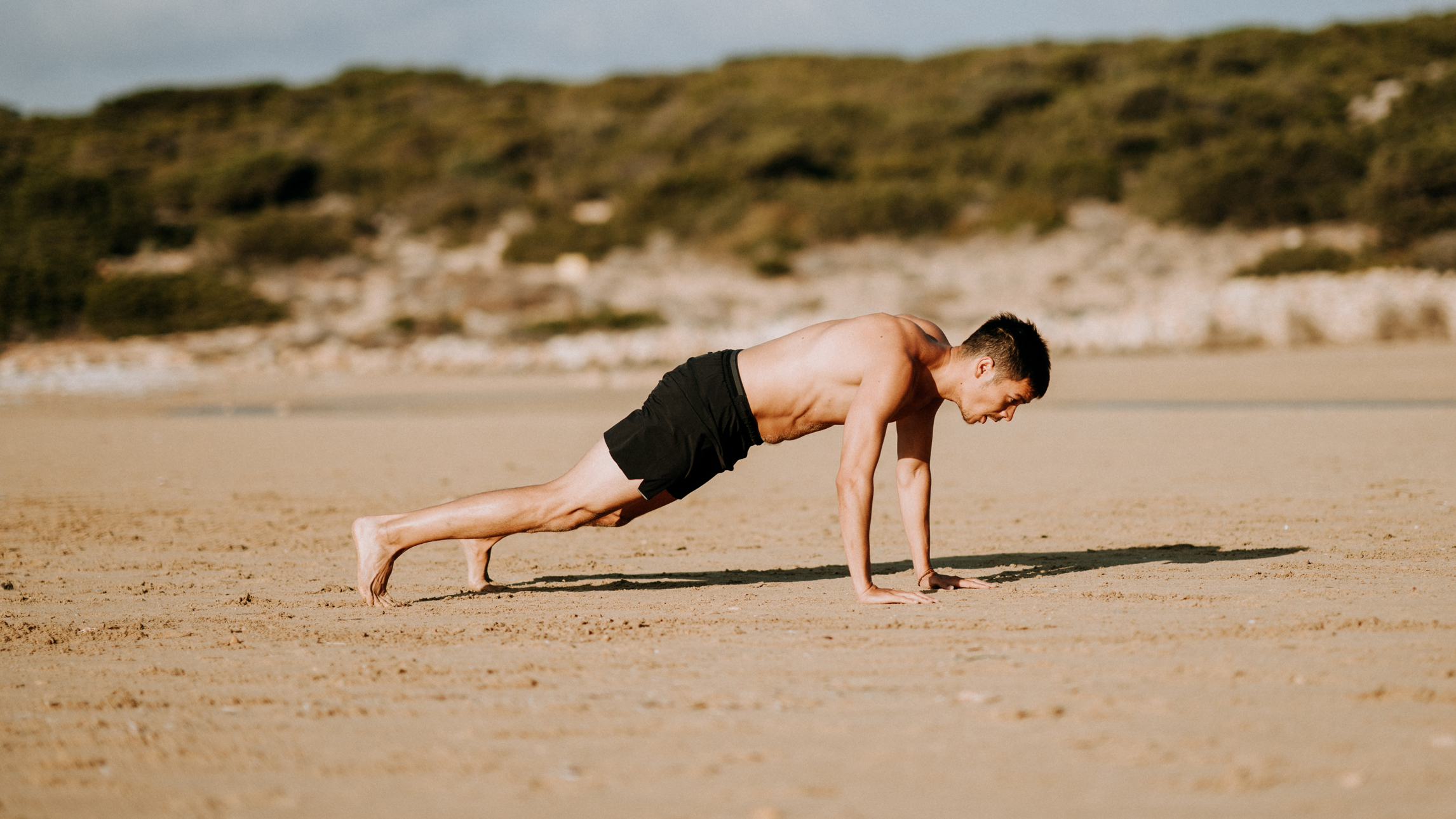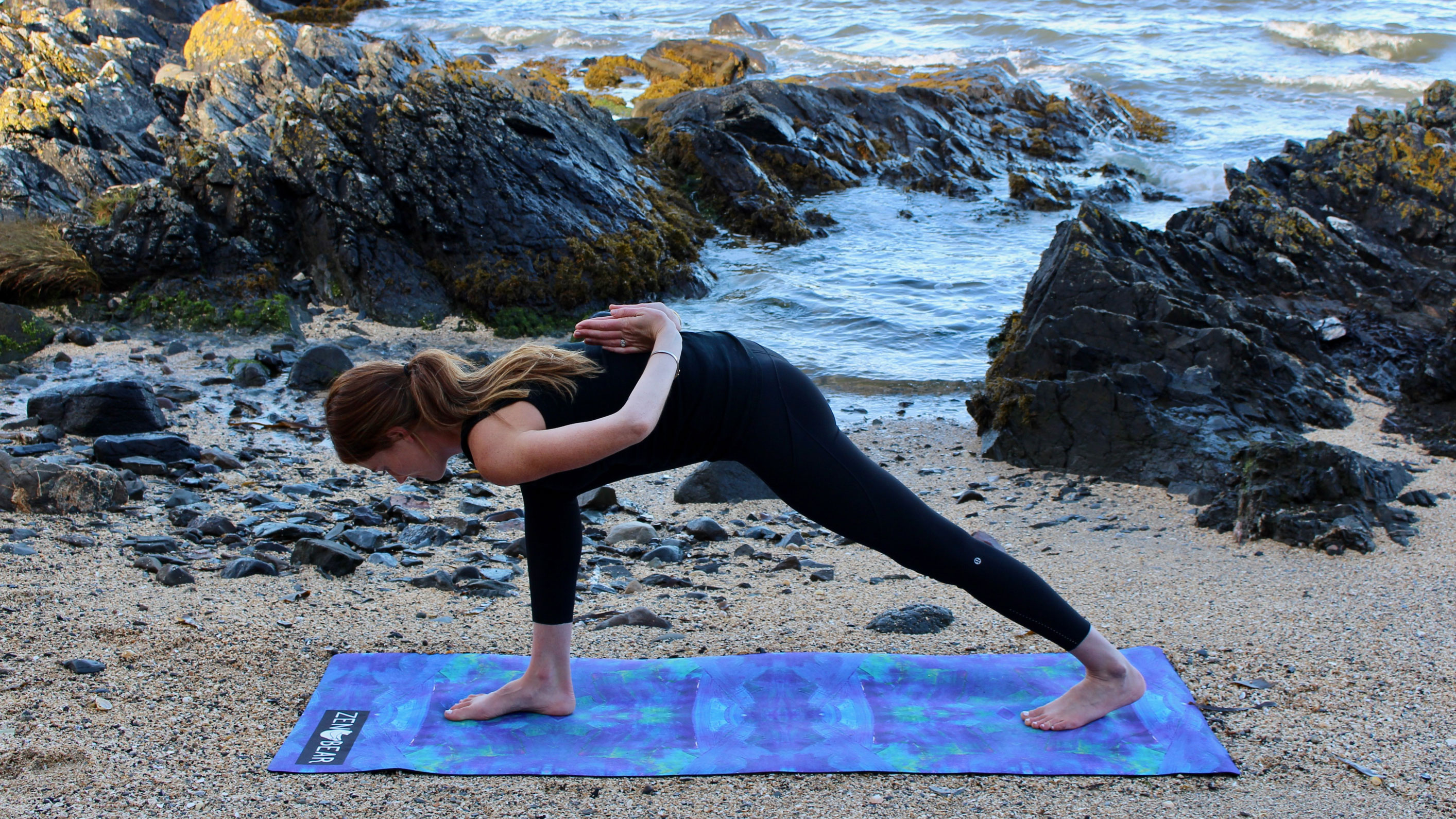Why you should exercise outdoors (even though the gyms are open)
Even though the gyms are open again, outdoors workouts will still bolster your fitness


When gyms closed due to the global health crisis, people all around the world had to find new ways of getting their fitness kick. Many of us took to the great outdoors, whether performing boot camp workouts on the field, doing yoga in the park or simply going for a run around our neighbourhoods.
However, now the gyms are open again, and we're able to access the weights, treadmills, exercise bike and fitness classes we were able to use before the global health crisis rocked our world. However, just because we don't have to exercise outside anymore, doesn't mean we should stop doing it.
- New: Three ways to power past a weight loss plateau
- Plus: Is your protein shake packing too much sugar?
For one thing, exercise outside is free. Only limited numbers are allowed in gyms due to social distancing, and many 24-hour facilities are currently limiting their opening times to allow staff to clean and sanitise equipment, which would be difficult to do overnight.
There are no such organisational trip-ups when exercising outdoors. Whether you want to go and exercise at 6am or 6pm, there is no queuing, no contact tracing, and no administration involved. You simply lace up your trainers and walk out the door.
When it comes to exercising during COVID-19, the biggest factor in all scientific advice seems to be ventilation. Exercising outdoors, away from others, reduces the risk of contracting the virus according to all known advice. Although most open gyms now have social distancing measures in place, the great outdoors is as safe an exercise environment as you can get.

Exercising outside also packs a raft of health benefits, both physical and mental – especially if you can exercise in a park or a natural environment. A study published in the journal Extreme Physiology of Medicine found "outdoor natural environments may provide some of the best all-round health benefits by increasing physical activity levels".
The study highlights a series of benefits. These included stress reduction and restoring mental fatigue with almost immediate effect. In another study published by Chiba University Japan, a brief walk in the forest elicited physiological and psychological relaxation effects on middle-aged hypertensive individuals. A quick stroll through the park after work might be just the thing to put the stresses of your email inbox at bay.
Start your week with achievable workout ideas, health tips and wellbeing advice in your inbox.
In addition to improving mood and self-esteem, people who exercise in green spaces also report greater perceived health, according to the EPM study. The study finds "exercise within green spaces and the great outdoors may be a useful natural medicine to address health challenges facing developed countries.
"Alongside the social aspect which some individuals crave, it may also increase enjoyment and adherence to bring about positive behaviour changes in a large proportion of the population."

Of course, the gym is incredibly well-equipped for lots of different kinds of exercise, moreso than the outdoors. For those looking for dedicated resistance training programmes, often the gym, with weights benches and squat racks, is the only option.
However, in order to still get the benefits of outdoor exercising, don't forget the lessons we learned in lockdown. Getting back to nature while exercising (even if it's in the rain) helps us both physically and mentally, and if there's one thing we should take forward in the future, it's to carry on with the practice of exercising outside.
Liked this?
- We've found the best cheap Fitbit deals
Matt Evans is an experienced health and fitness journalist and is currently Fitness and Wellbeing Editor at TechRadar, covering all things exercise and nutrition on Fit&Well's tech-focused sister site. Matt originally discovered exercise through martial arts: he holds a black belt in Karate and remains a keen runner, gym-goer, and infrequent yogi. His top fitness tip? Stretch.
